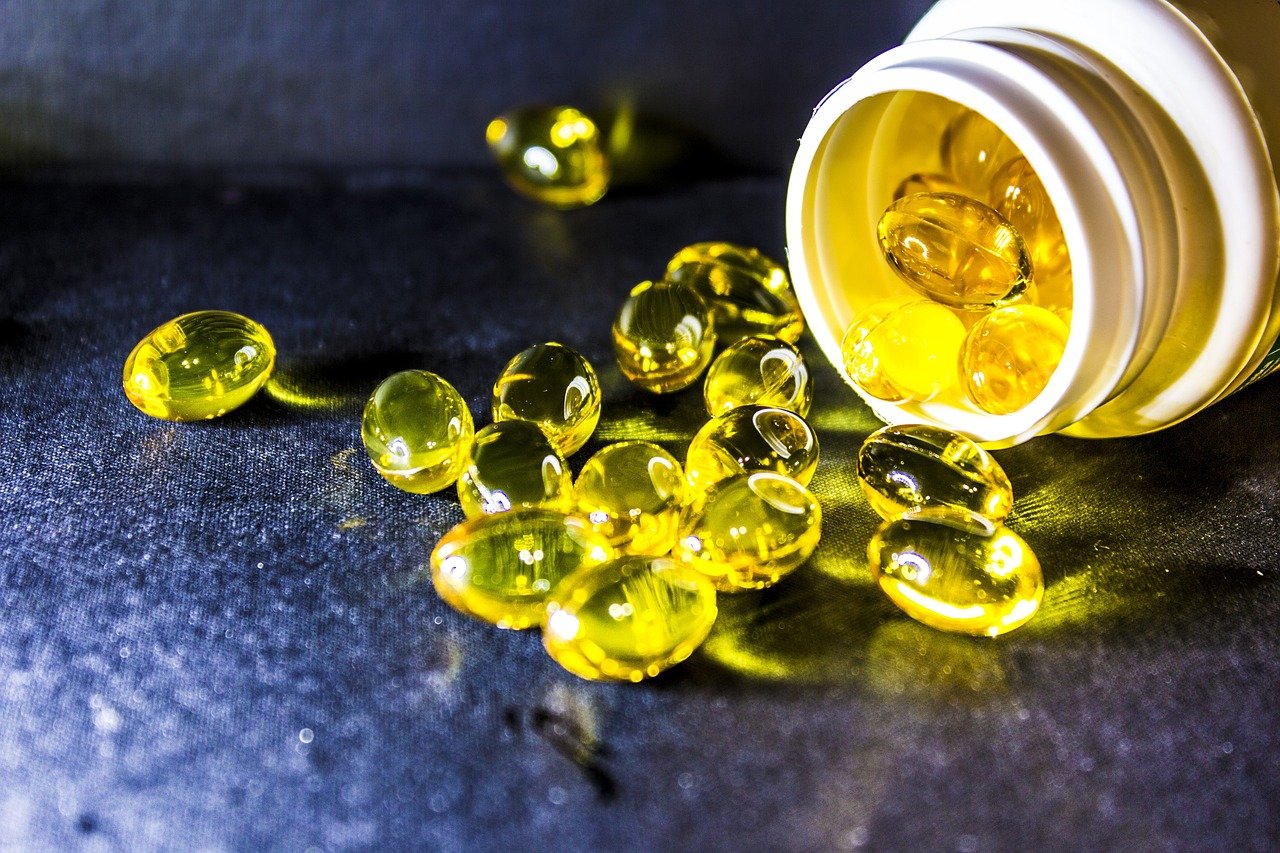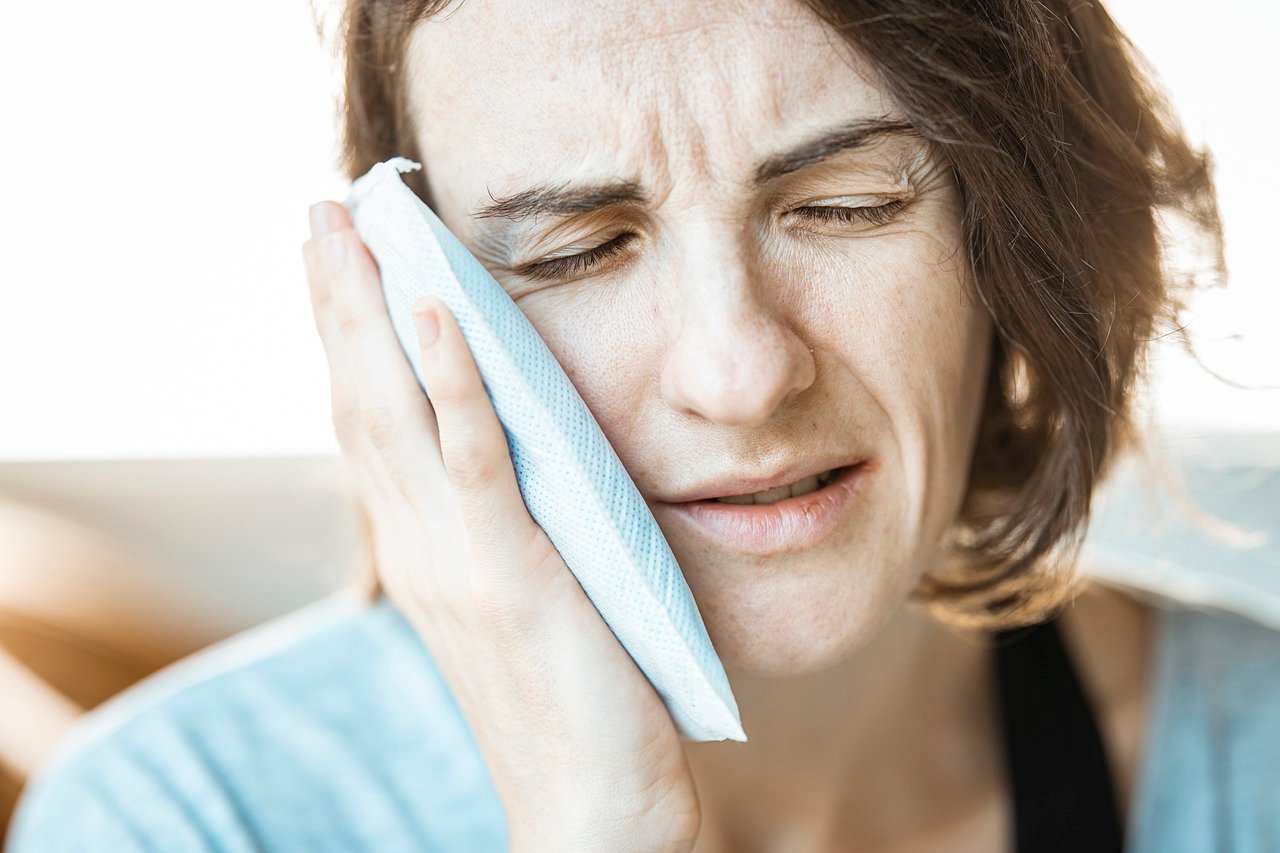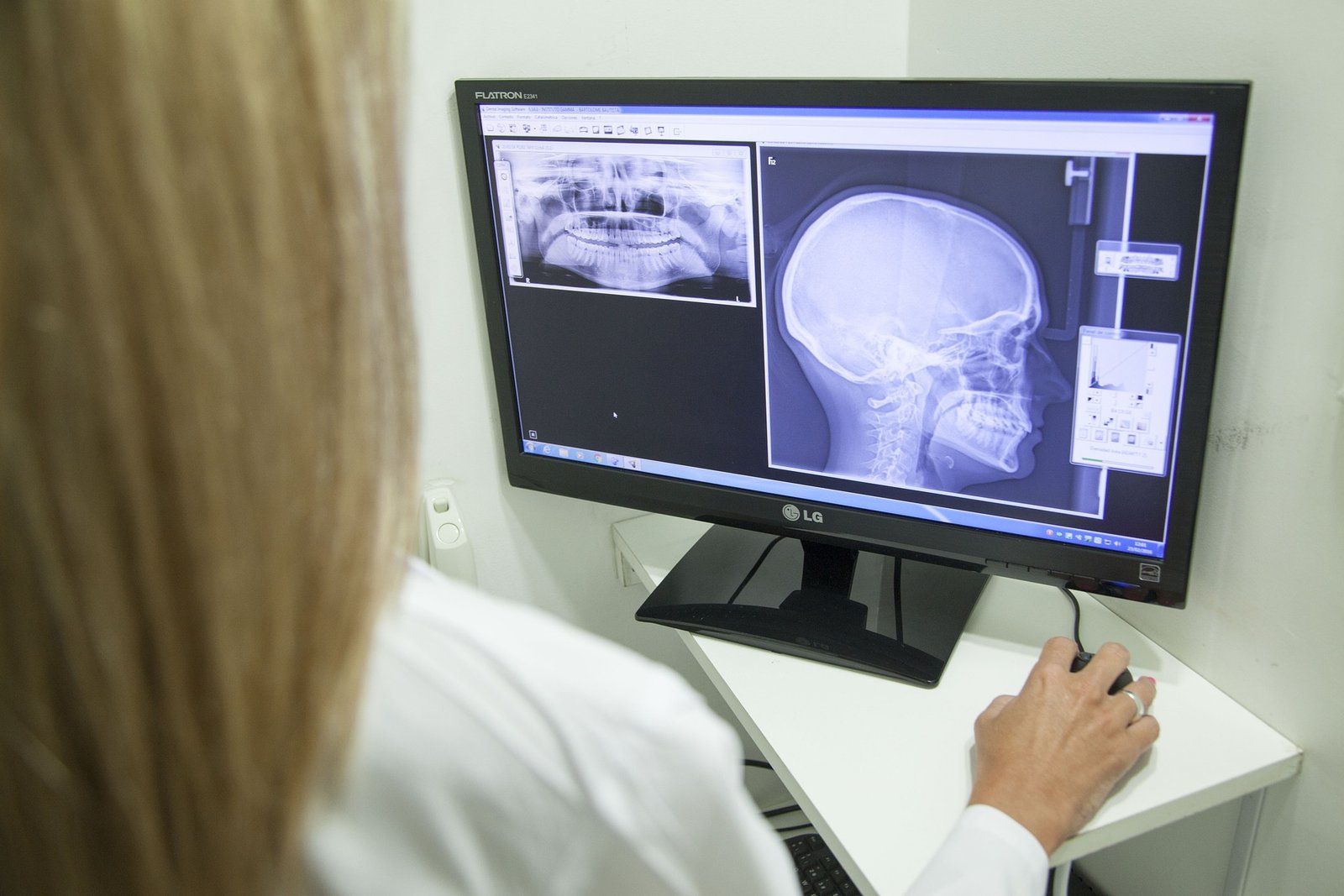Human and animal life has co-evolved with the plant life, way back from the advent of life on earth. The use of natural plant products in consumption of food or in the healing of the disease has always been seen throughout the history of mankind. It has been well known that apart from making our food tastier, the secondary metabolites of plant origin have pharmacological or biological activity which helps in establishing a natural defense mechanism to fight against diseases and infections. In the ancient as well as the modern cultures, people take large health benefits from the medicines derived from various plants and herbs.
It’s about 3000-5000 years ago, when Ayurveda developed in India as a holistic medical care system. Since then, Ayurveda has developed as a traditional hindu medicine, native to the Indian subcontinent. The term ‘Ayurveda’ is derived from ‘Ayu’ meaning ‘life’ and ‘Veda’ meaning ‘knowledge’. In its true sense, Ayurveda literally symbolises the science that imparts all the knowledge of life. The body of man and all the objects in the universe are composed of some base elements namely earth, water, energy, air and space. ‘Vata’, ‘Pitta’ and ‘Kapha’ molecules are the three biological elements which constitute the cells and tissues of all the living organisms in the universe. The biological combination of Earth and Water gives rise to ‘Kapha’, Water and Energy to ‘Pitta’ and Air and Space to ‘Vata’. Kapha molecules make up the main structural units of the body. Pitta molecules represent the various enzymes and hormones and are responsible for digestion and release of energy impulses and all the movements of the body. When quantitatively and qualitatively normal, these three doshas (namely Vata, Pitta and Kapha) constitute the three pillars which stabilize life. But in a state of imbalance, the same three elements are responsible for disease, or even death. Ayurveda has imparted a lot as far as dental health is concerned. Ayurveda is an evolved system of medicine in India and it is a rich reservoir for Dental Science. Shalyatantra and Shalakyatantra, one of the branches of Ayurveda, states that there are 65 oral diseases in all which can arise in 7 different anatomic locations, i.e., eight on lips, fifteen on the alveolar margin, eight related to teeth, five associated with tongue, nine on palate, seventeen related to oropharynx and three in generalized form.
The “Indian saffron”, turmeric with a bright yellow color is not only an important spice but also an important component in religious ceremonies in the South-east Asian region. Turmeric or curcumin, as is biologically named, is of tremendous medical importance since about 4000 years. The Ayurvedic and Unani systems of medicine has shown the importance of turmeric in the ailment of many diseases. Susruta’s Ayurvedic Compendium, which was framed in around 250 B.C., has suggested a turmeric ointment useful in relieving the effects of poisoned food.
The curcumin is derived from the rhizome of the East Indian plant Curcuma longa, which is the member of Zingiberacae (ginger) family. Turmeric contains a class of compounds known as the curcuminoids, comprised of curcumin, demethoxycurcumin and bisdemethoxycurcumin, that is responsible for yellow color of the spice. The orange pulp in the rhizome is responsible for the medicinal power of turmeric. Curcumin can be known by many names, like Curcuma Longa as botanical name, turmeric in English, Haldi in hindi and haridra in the Sanskrit language. Today, modern day medicine has identified its use in curing many of the oral diseases and its symptoms.
The components of the turmeric are known by the name of curcuminoids. Because of the non-toxic property, curcuminoids have been used for various medicinal and therapeutic purposes especially in the ayurvedic sciences. Among many of the biological activities of turmeric, some of them include anti-inflammatory activity, anti-venom, anti-oxidant, anti-carcinogenic effect. These also includes pro/anti-mutagenic activity, anticoagulant, anti-fertility, anti-bacterial, anti-protozoan activity. Apart from this, it also has anti-diabetic, anti-fungal, anti-viral and anti-fibrotic effect.
The anti-oxidant effect of curcumin came into picture as early as in 1975. It acts a scavenger for the free radicals, and hence helps hemoglobin from getting oxidized. The curcuminoids also leads to deactivation of the carcinogens from the cigarette smoke. The metastasis of melanoma cells is effectively inhibited by the consumption of curcumin. The regular use of curcumin results in the dose-dependent increase in proportion of myofibroblasts in G0/G1 phase, which leads to the apoptosis of myofibroblasts.
By reducing the histamine levels and increasing the production of natural cortisone, curcumin helps in reducing the inflammation. Curcumin stimulates inhibition of NFkB activation and also mediate down-regulation of cyclooxygenase-2, thus acting as an anti-inflammatory agent. It has been found that curcumin gel helps in reducing pain intensity and size of the aphthous ulcer.
Curcumin induces apoptosis and inhibits cell cycle progression, both of which are instrumental in preventing cancerous cell growth. The use of curcumin provides an anti-cancer effect by various mechanisms, few of which are described here.
Antiproliferative effects:Curcumin induces apoptotic cell death by DNA-damage in human cancer cell lines, TK-10, MCF-7 and UACC-62 by acting as topoisomerase II poison.
Suppression of cyclooxygenase-2 (COX-2) and lipooxygenase expression, which blocks production of prostaglandins and leukotrienes, respectively.
Suppression of cyclin D1 which is a proto-oncogene overexpressed in many cancers (e.g., breast, esophagus, lung, liver, head and neck, colon, and prostate).
Suppression of adhesion molecules that play an important role in tumor metastasis.
Suppression of various inflammatory cytokines, including tumor necrosis factor.
Suppression of angiogenesis, a crucial step in the growth and metastasis of many cancers.
Competition with carcinogens that use the aryl hydrocarbon and cytochrome P450 pathway.
Nitric oxide (NO) and its derivatives play a major role in tumour promotion. Curcumin inhibits iNOS and COX-2 production by suppression of NFkB activation. Curcumin also increases NO production in Natural Killer (NR) cells after prolonged treatment, culminating in a stronger tumoricidal effect.
Conclusion
Epidemiological studies suggest that populations that live on a diet rich in curcumin have a lower cancer risk. Accumulating preclinical studies have shown that curcumin can interfere with an increasing number of molecular targets, pathways and processes involved in cancer.







